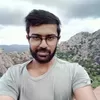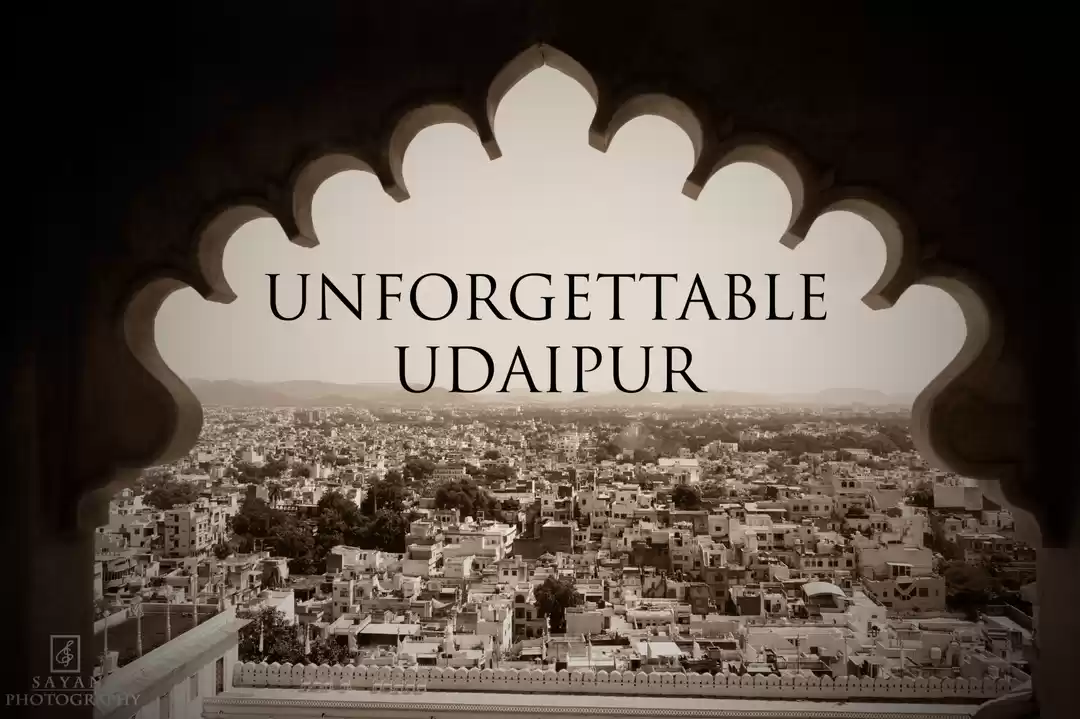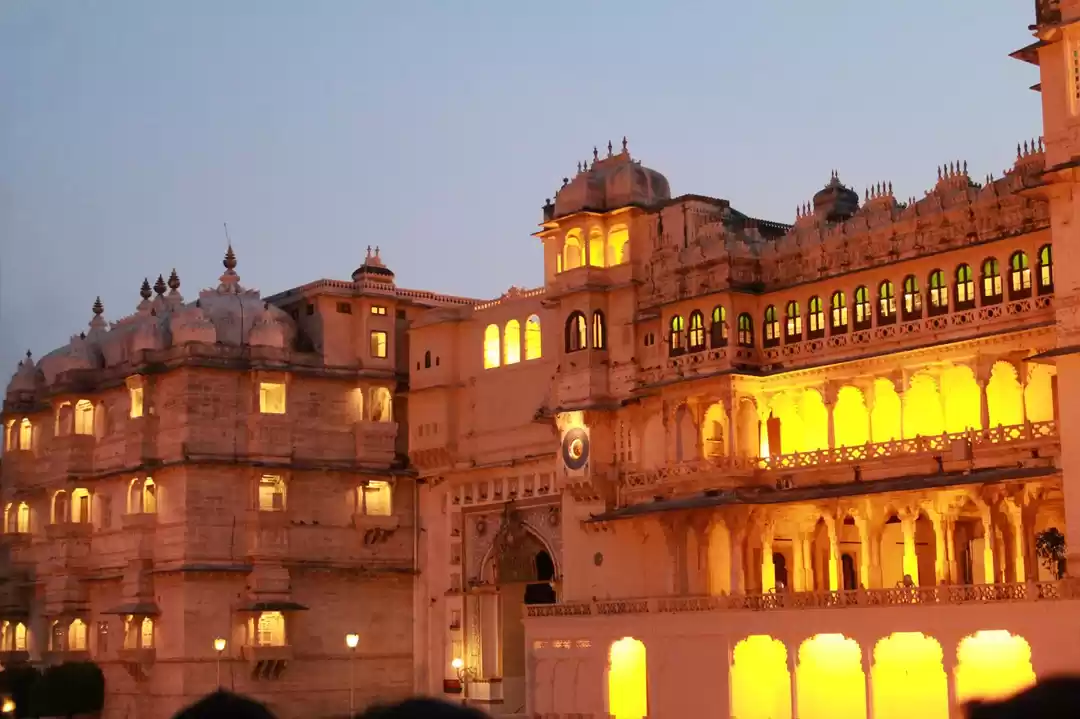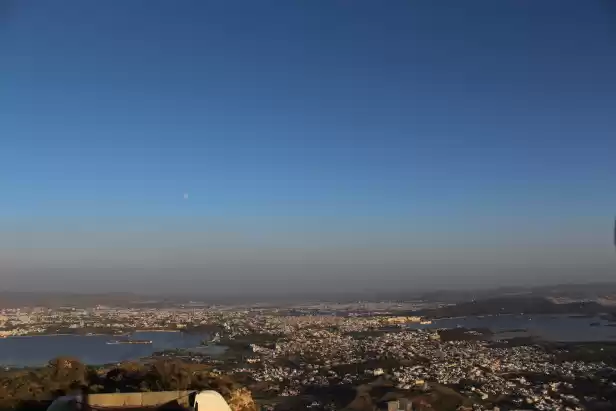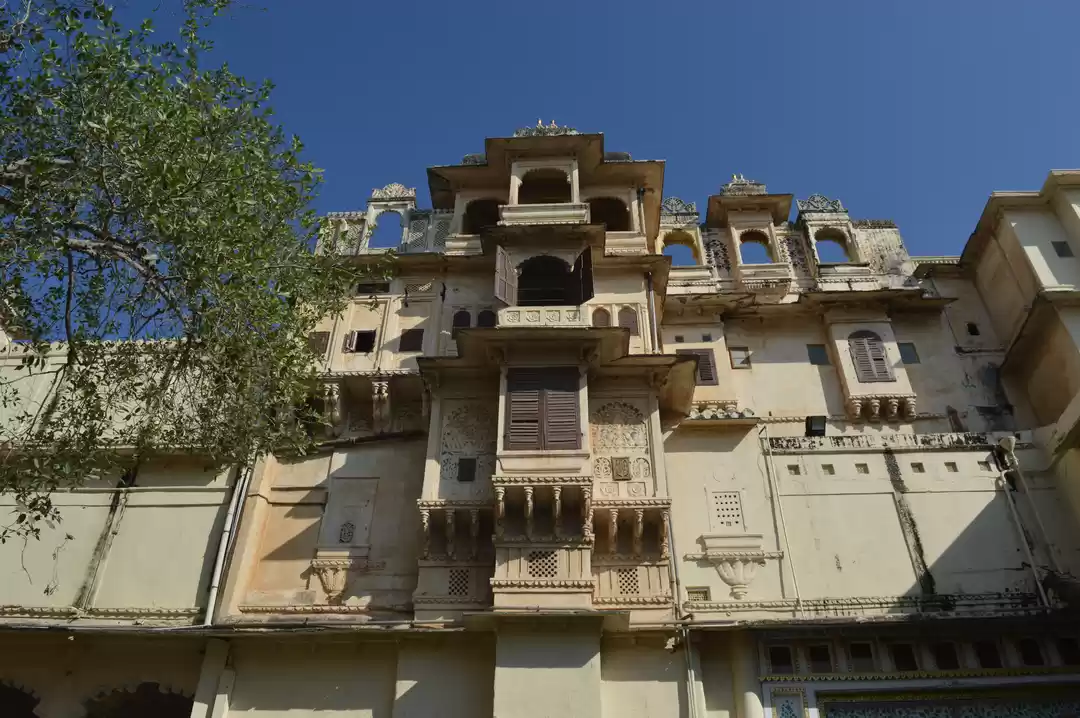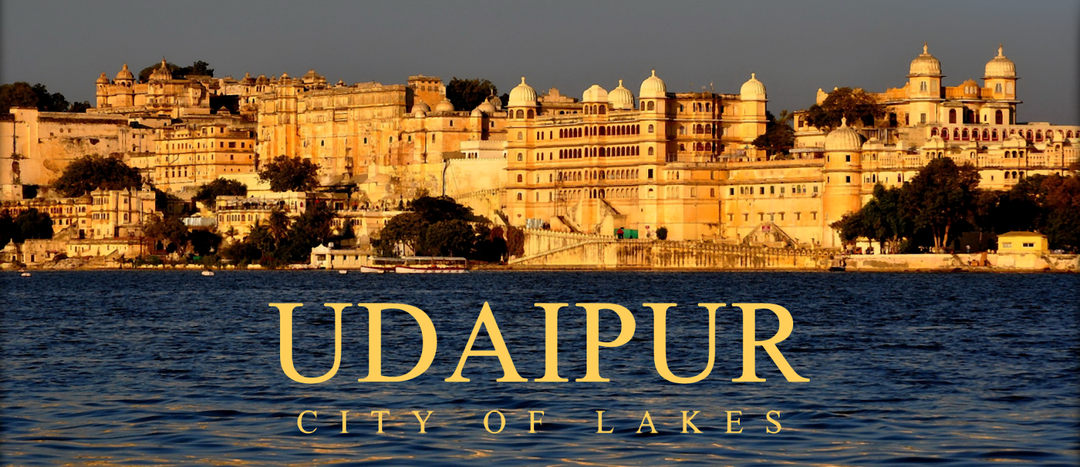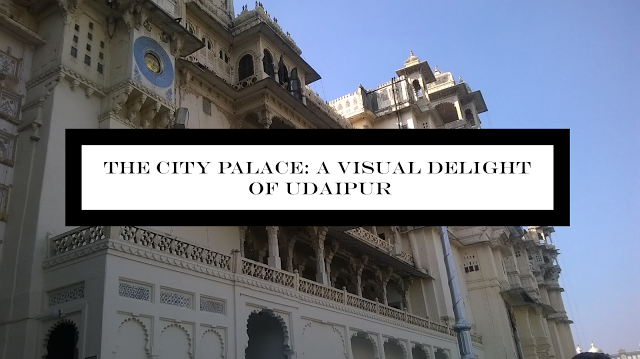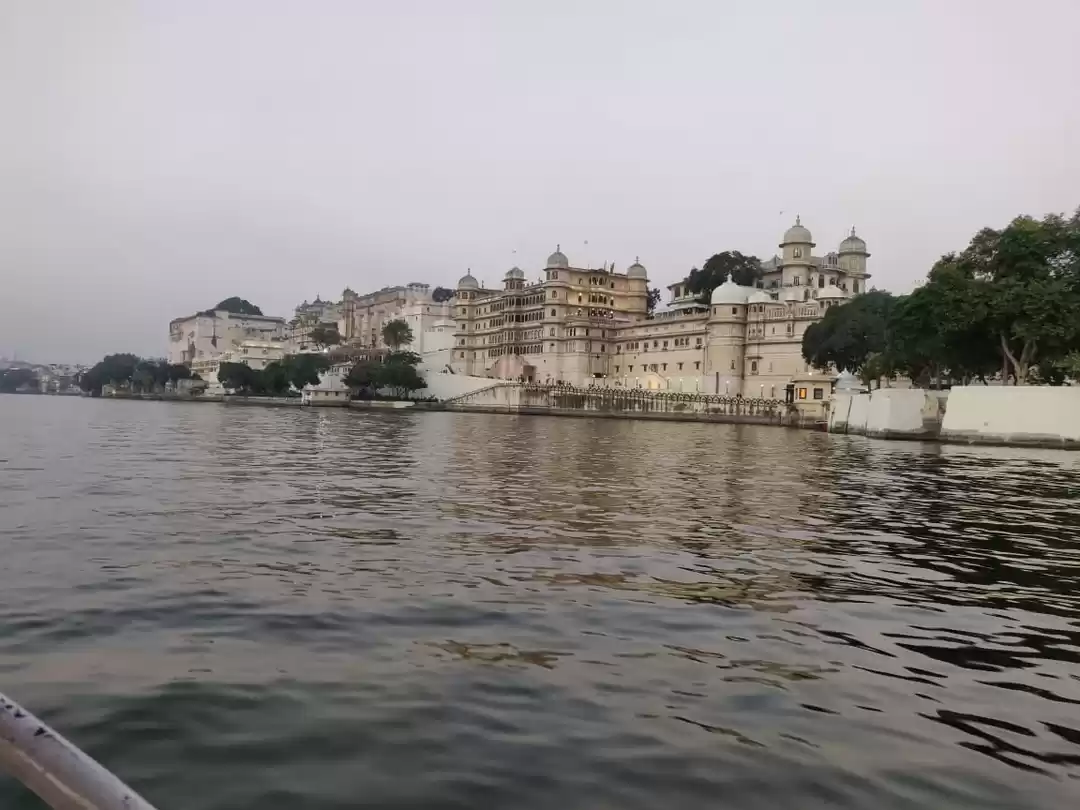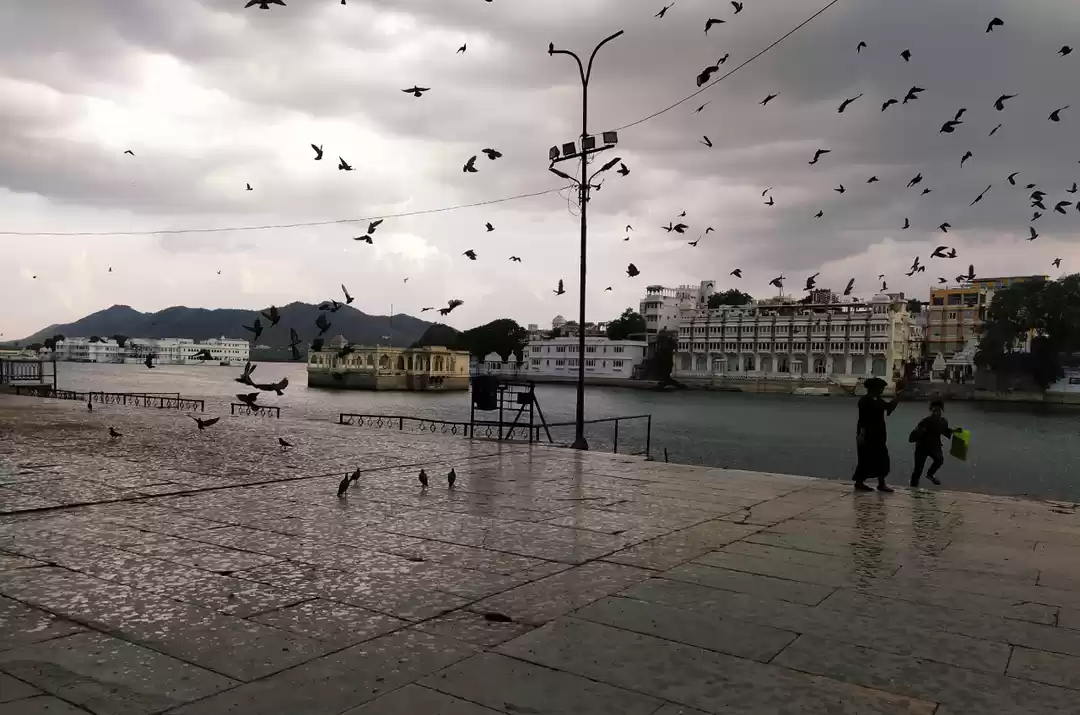Prologue
One can fall short of adjectives while describing Rajasthan.
Rustic.
Magnificent.
Vibrant.
Amazing.
Radiant.
Dynamic.
Colourful.
The state is a perfect blend of history, culture and adventure. There is an aura of romance surrounding this ‘Land of Kings’, probably the most exotic locale for tourists all over the world. And rightly so, Rajasthan is breathtaking & beautiful, incredible & enchanting.
Enter Rajasthan
My Itinerary included Mt. Abu where I intended to stay for a day before heading towards Udaipur. Abu is the only hill station in Rajasthan and also referred sometimes as the ‘Oasis in the desert’. Considering I live in Bangalore which is surrounded by hill stations in all possible directions, I am not stranger to them. However, Abu is different. Usually, hill stations are all about forests and lakes and sunset points but Abu blends all of that with some marvelous feats of architecture.
I have been to Abu before, long enough to only have left with a single memory of the hill station and that’s me covered in two blankets while having dinner at a restaurant. That’s how cold it can get during peak winter. I was genuinely excited about what this hill station has to offer but, Dholavira managed to steal a lot of my attention away.
This meant I arrived in Abu late enough to not being able to explore the hill station. A late evening walk around the Nakki Lake and dinner within the walls of my room were the only things I managed before giving myself up to the comfort of my bed.
I left early next morning before the sun would rise with Google predicting a 150 min journey. Little did Google know that the chilly winds of a cold winter morning would dash my hopes of an early arrival. I had my standard Motorcycle riding gloves but they weren’t enough to thwart the incoming wind vortices formed by my motorcycle cutting forward. Barely an hour into the ride, I had to take a tea break just so that I could revive my fingers that were almost frozen. I ended up taking three such breaks until I finally arrived in Udaipur.
City of Lakes and the most romantic city in India, Udaipur
Udaipur’s mantra? You name it, we have it. Grand palaces, forts, lakes, gardens, hippies, ornate temples, tales of valour and sacrifice…
After my short yet uncomfortable journey, I reached Udaipur around 9:30am. Despite all the horsepower and the perfect roads, it had taken me more than 3 hours for a 150km ride. The old city, which is built around the Lake Pichola was bustling with activity. The roads were narrow and auto-rickshaws in plenty. A wide variety of heritage-style hotels or havelis stand stacked next to each other overlooking the lake in the surroundings of the more expensive luxury hotels. Most of these havelis are budget accommodations favoured by the backpackers and solo travelers. I had booked my accommodation in one such haveli, situated in an alley next to the lake.
Accommodation: Jagat Villa (INR 1500 for 2 nights)
After some delicious tea and hearty breakfast, I set out for the first attraction of the day: Karni Mata temple. The temple is located atop the Machla Magra hill, off Dudh Talai Lake. There are two ways to reach the top, the stairs and the ropeway. The ropeway fare was pretty cheap, coupled with the views of the city and lake that it offered made riding it a no-brainer. The view from the Gondola while going up was simply amazing. The temple offers some panoramic views of the Udaipur city and Lake Pichola. I spent an hour at the top, enjoying the breeze and clicking photographs.
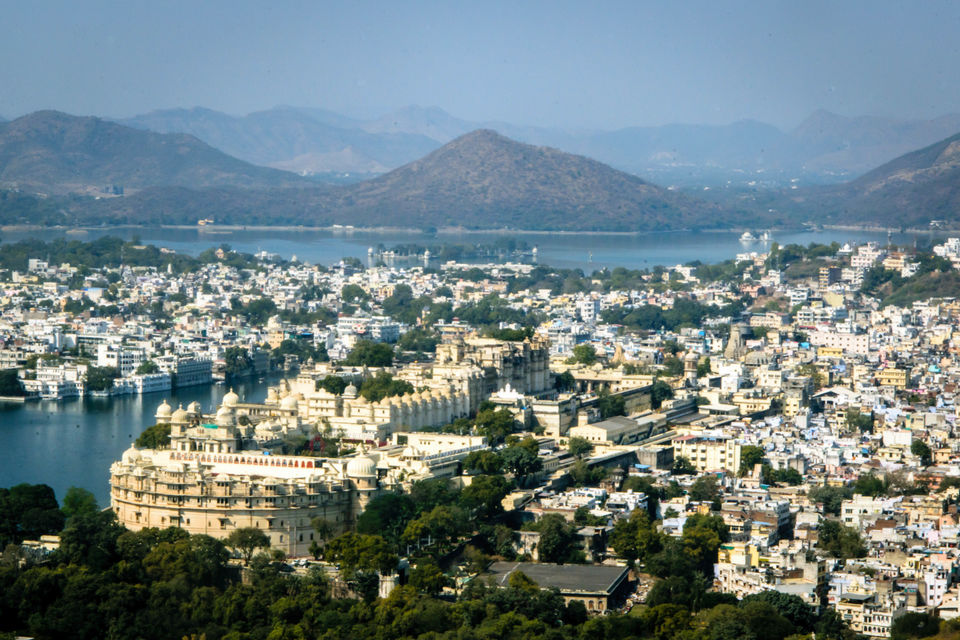
Next was the iconic City Palace. City Palace is the embodiment of the grandeur Mewar kingdom once was. The majestic and grand palace complex, largest in Rajasthan and India, was built by Maharana Udai Singh II of Mewar as the new capital of the Sisodia Rajput clan in 1559, after the old capital, Chittorgarh was captured by the Mughal emperor Akbar. Legend has it that the king of Mewar was on a hunting expedition, when he came across a hermit meditating on the banks of a lake. The hermit blessed the Maharana and told him that if he built a palace at that very spot on the banks of Lake Pichola, it would be well protected. The Maharana took his advice and the rest is history.
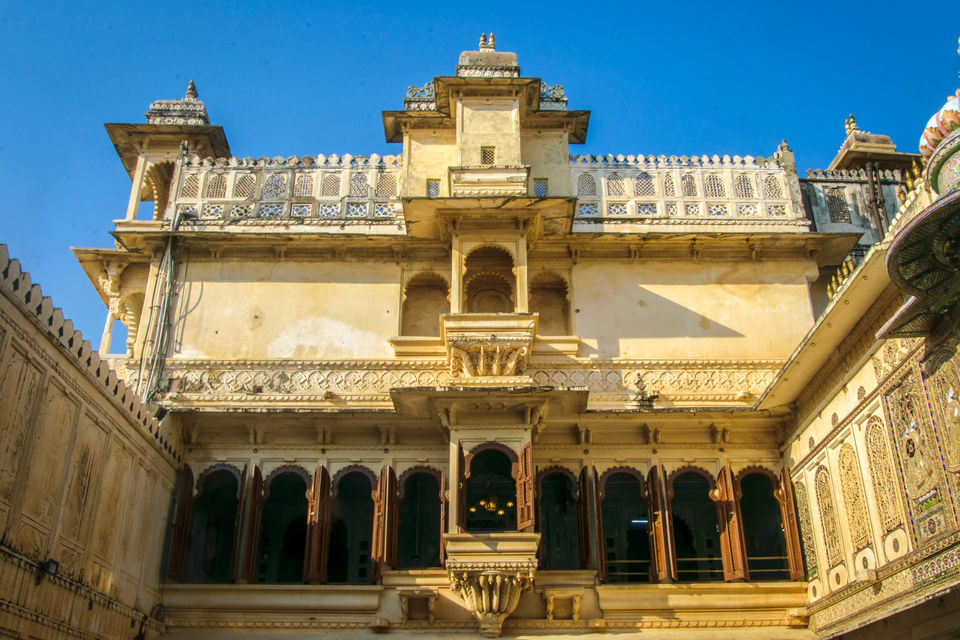
The City Palace is actually a collection of palaces and gardens, built and extended by various Maharanas over the centuries. Being the royal residence of the Maharanas, who administered their kingdom from here, the huge palace complex is an important historic landmark. The City Palace in its entirety isn’t open to the public. Two parts of the City Palace, Fateh Prakash Palace and Shiv Niwas Palace, have been converted into luxurious hotels. Another part, the Shambhu Niwas Palace is the private residence of the royal family. Oh, almost forgot to mention this but the 1983 James Bond movie ‘Octopussy’ was filmed here!
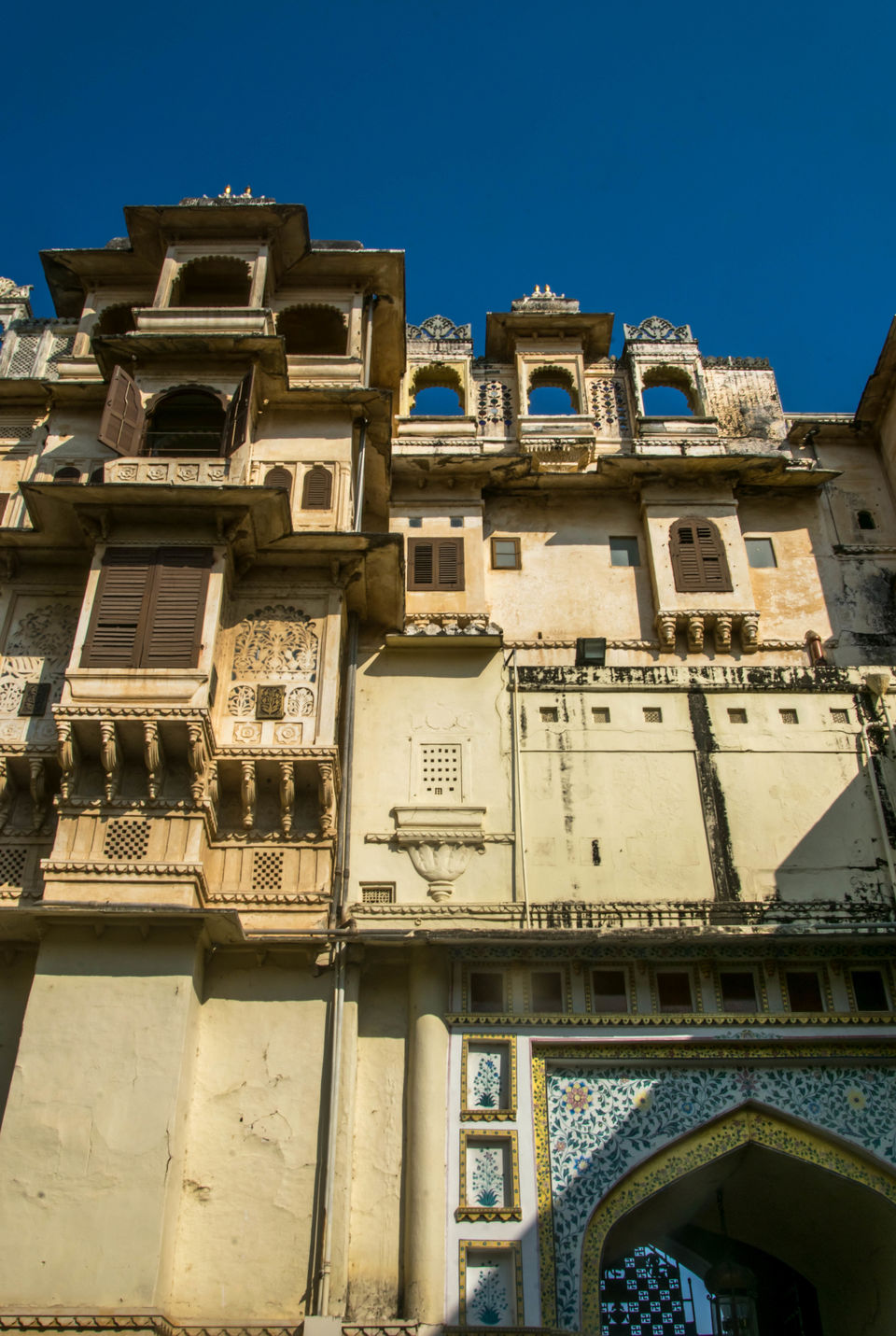
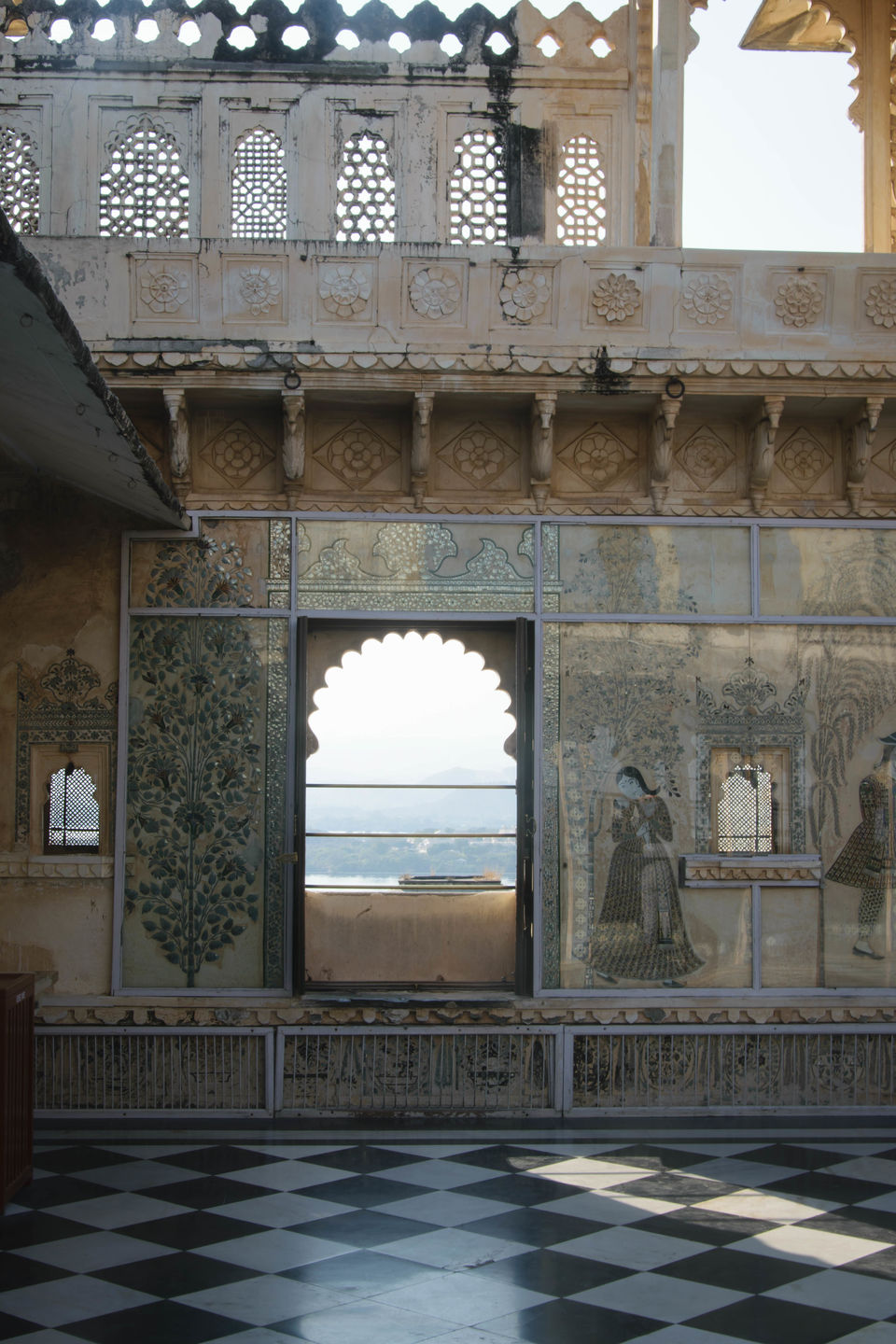
Like all other fort-palaces in Rajasthan, the City Palace has elaborately decorated gates known as “Pols”. Badi Pol is the main entrance gate to the sprawling palace complex. Beyond it is a beautiful triple-arched marble gate known as Tripolia Gate. There’s another entrance on the opposite end of the City Palace near the Shitala Mata Mandir. This is the entrance I took as I wasn’t aware of the Badi Pol earlier. There are two types of tickets: One is a complex access available for INR 30 and the other is the museum ticket that costs INR 300. Obviously, you need to buy the museum access to enter the City Palace and it’s very much worth it. Audio guides are available as well but I would always recommend getting a dedicated guide to show you around if you are genuinely interested in knowing the history of the Palace.
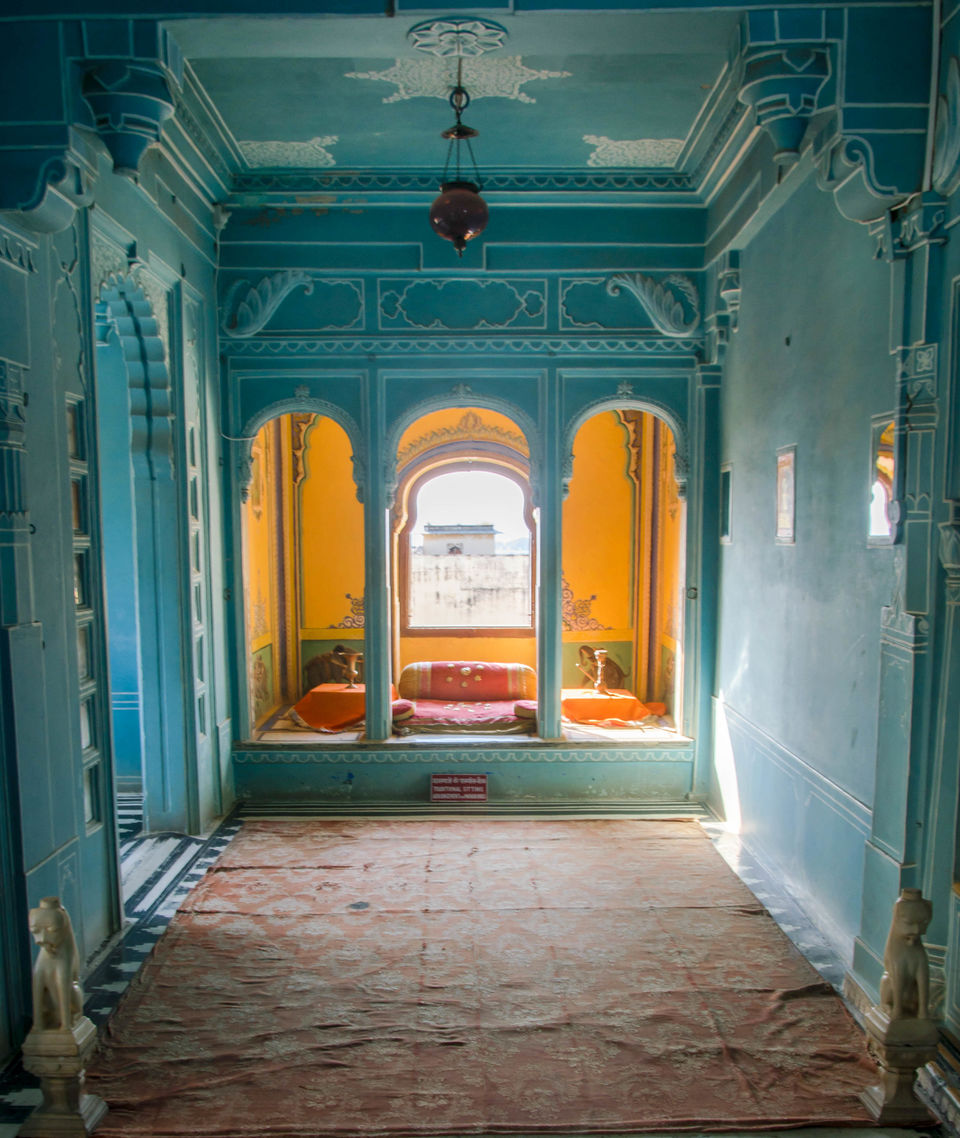
The City Palace is so vast that it could easily take around 2-3 hours for a detailed tour the museum and complex. The place is pretty crowded even on weekdays during peak season, especially in the afternoon. I would recommend visiting in the morning, as soon as the Palace is open to the public, which is 9:30am. I committed the mistake of visiting in the afternoon and I could barely take proper photographs without some tourist photo-bombing. Despite this, I realize I should have clicked a hell lot more photographs than I did and very much regret it. However, this is something I made up for in Jodhpur (more on that later).
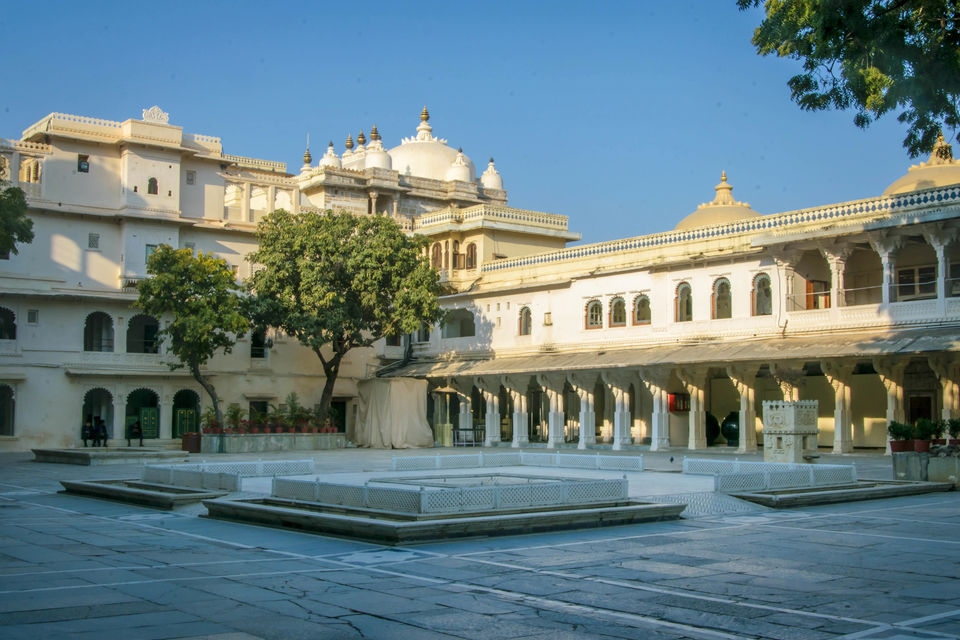
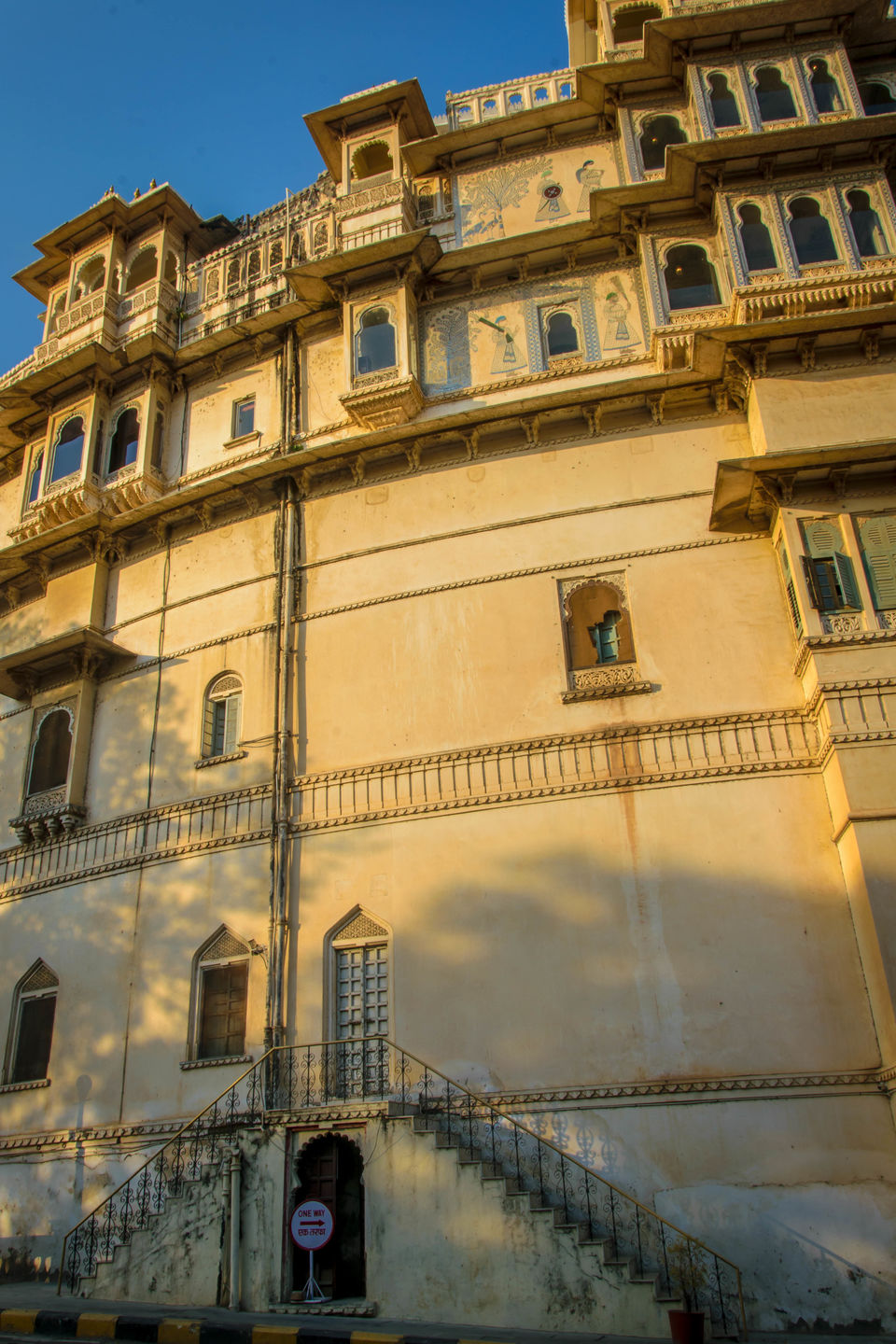
By the time I came out of the City Palace, it was almost time for sunset. I spent most of my evening just watching the sun slowly approach the horizon and kiss it goodbye, by the Gangaur Ghat. There’s the Dharohar Folk dance event that is held every evening at 7pm but the tickets are mostly sold out online and getting them on-spot is a matter of luck. Needless to say, I wasn’t lucky.
I spent rest of the evening just roaming around aimlessly on the streets around the Lake Pichola. Later in the evening as hunger began to take over my mood, I became desperate for a traditional Rajasthani meal and managed to get just that at a ‘cafe’. There isn’t any restaurant that offers the typical Rajasthani Thali in the tourist part of the city, which is mainly around the Lake Pichola and you need to go to the main city, about 2km east off the lake. However, I was already too tired to walk any further and started asking around in the cafes that filled the streets nearby. The day finally ended with the exotic Dal, Bati and Churma topped with ghee along with a glass of buttermilk.
...
I have had a knack of starting my day early on most of my travels, something I continued with on this trip as well. So yet again, I was up before the sun had bid goodbye to the other side of the planet. And my destination was the Badi Lake, located around 10km north of the city. However, I was less interested in the lake itself and looking forward to climb up the Bahubali hills. I was always under the assumption that some part of the movie ‘Bahubali’ might have been shot here and hence the name, until a Google search made a revelation. Apparently, the name was given by a bunch of young locals because it had a resemblance to the one seen in the movie. The hills were not even a tourist location until the same locals discovered them on one of their explorations. The astounding view of the lake from the top of the hill made them spread the word. And this is how the Bahubali hills successfully entered the list of renowned tourist attractions in Udaipur.
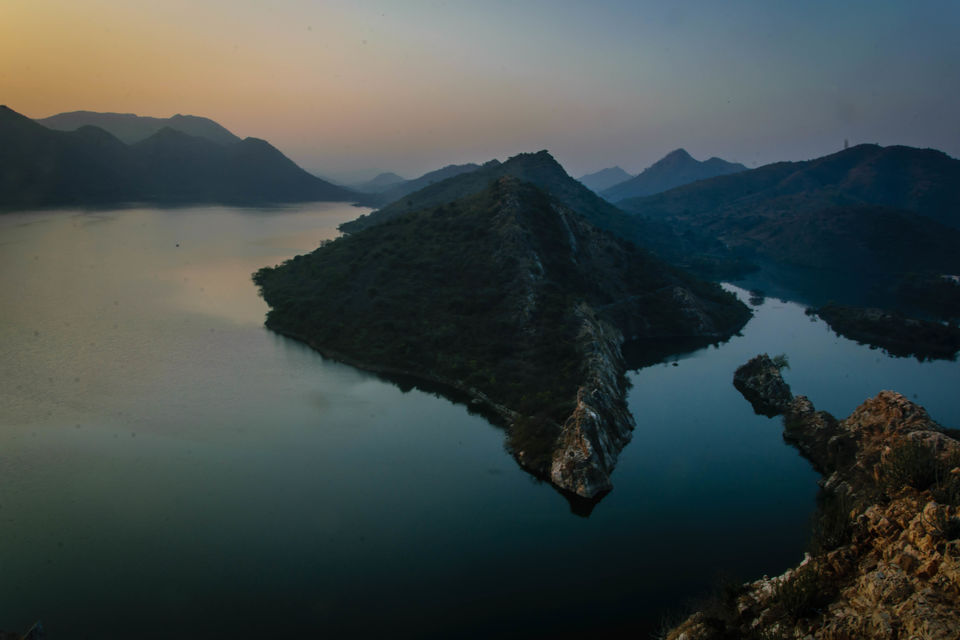
Surprisingly though, in spite of how famous the hills are now, I was alone when I reached the top. The way to the top involves a fairly comfortable trek of about 10-15 min. The trail seemed adventurous enough for a motorcycle ride to the top, however the entrance was blocked by a couple of rocks to prevent just that. Twilight had only just started to appear when I reached, so there was enough time for me to pick a spot and set up my camera. The view from the top is simply astounding and it’s surprising how they had remained undiscovered all these years. Right about the time of sunrise, a group arrived and I needed no guesses to realize they were here for a pre-wedding photoshoot. After that, my entire attention was on them. I thought ‘I can always watch another sunrise and I may never get a chance to watch the circus about to unfold’. After having some fun at their expense, it was time to go back to the city.
Post breakfast, I decided to indulge myself is in some street photography. I barely had any experience with it and Udaipur looked a great place to start. The narrow streets bustling with life provided a good opportunity but at the same time could be confusing for an amateur.
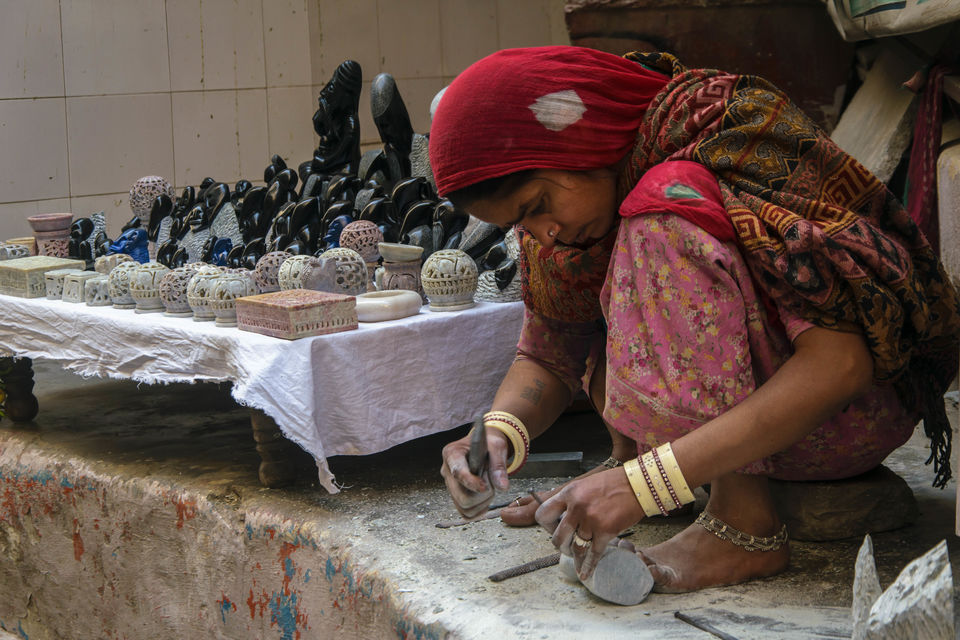
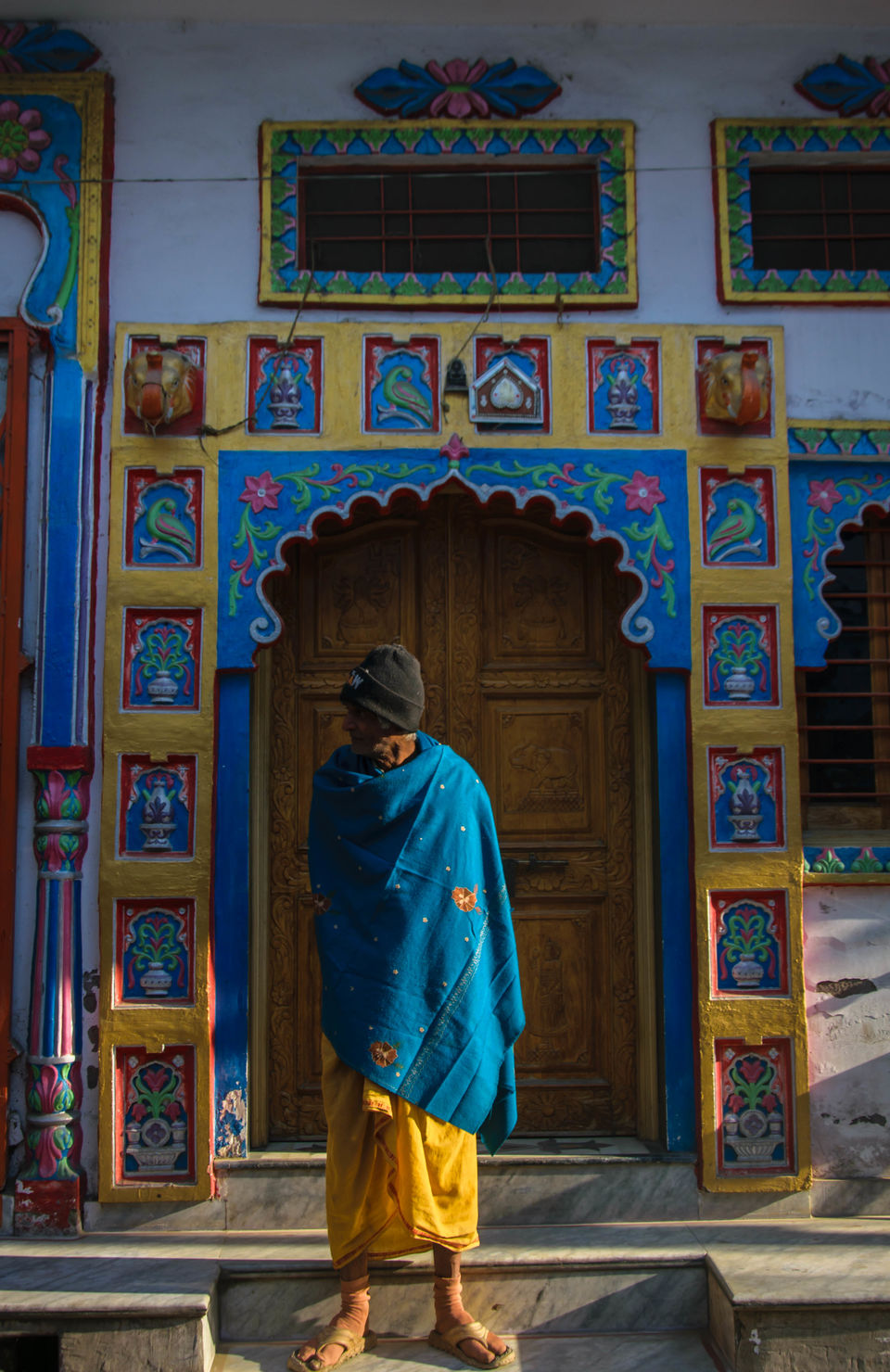
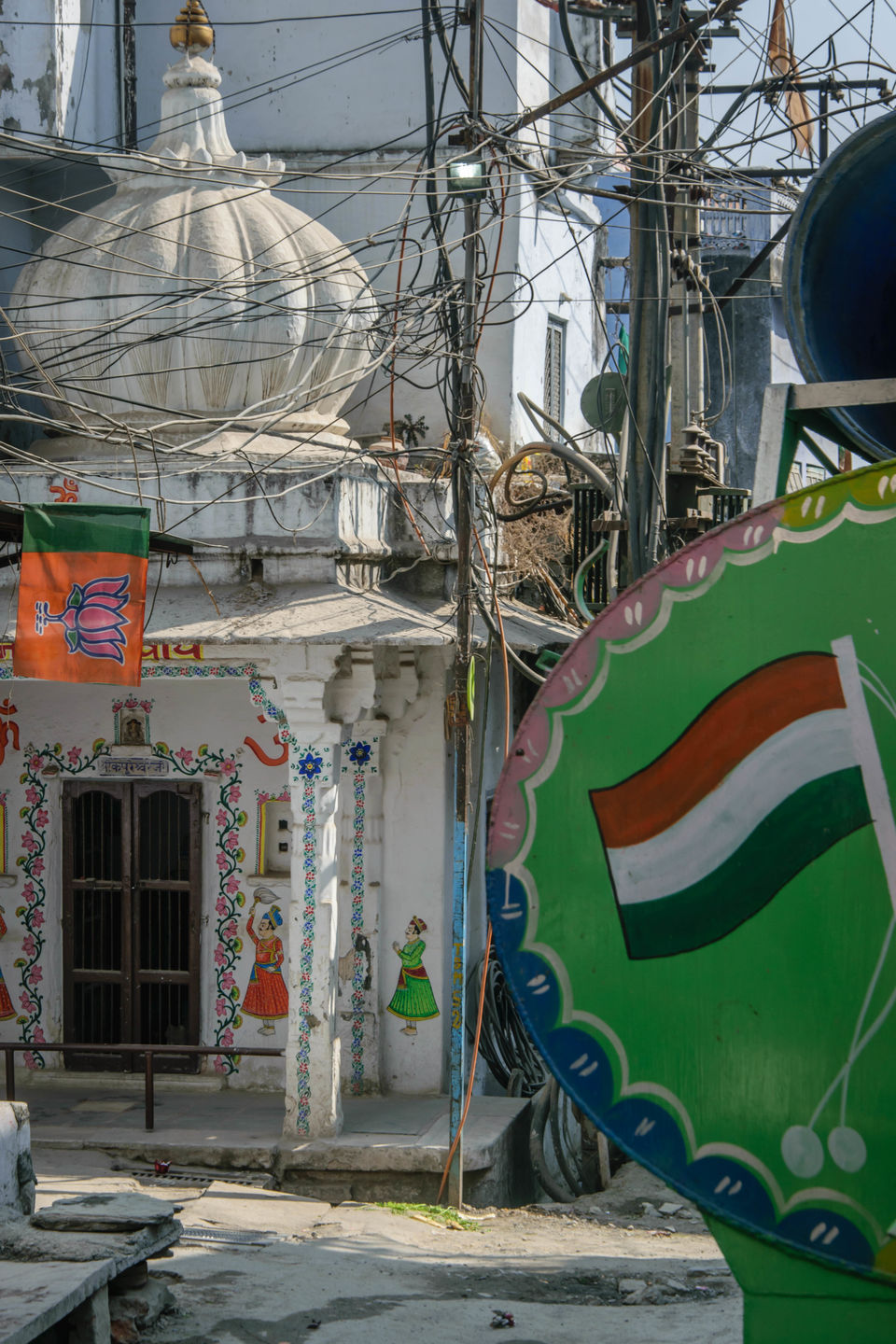
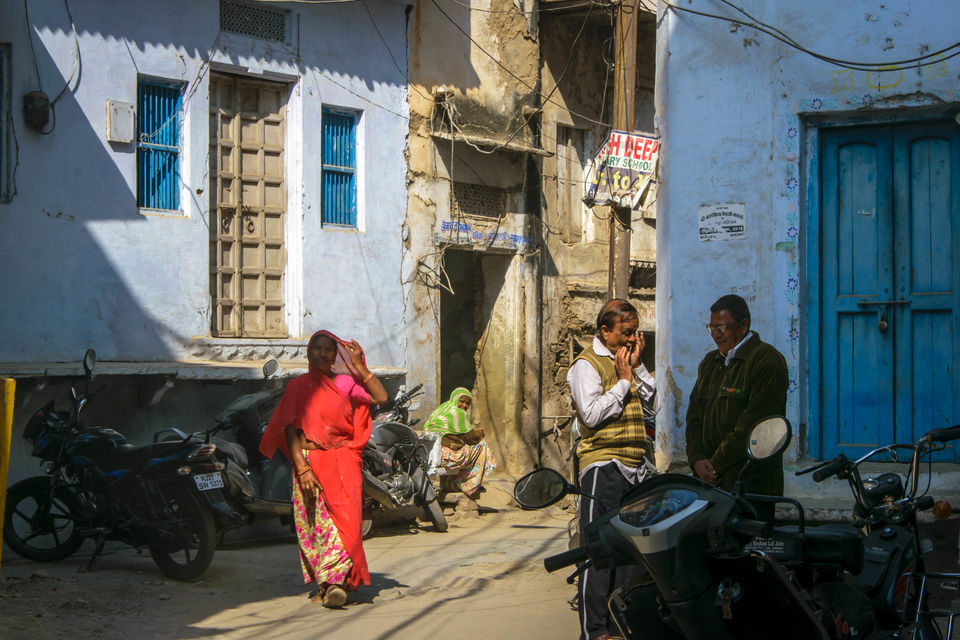
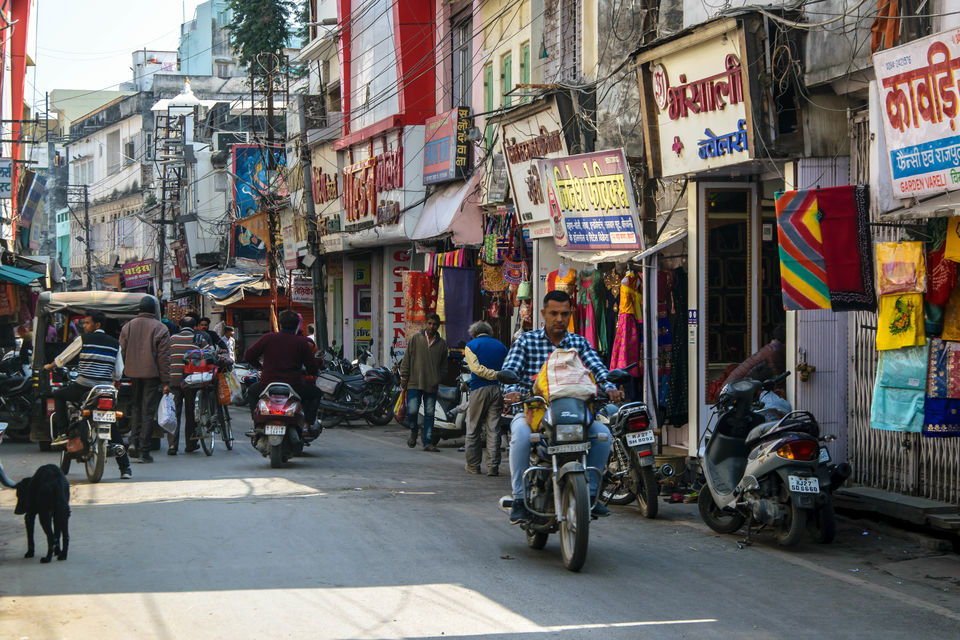
After spending couple of hours walking the alleys around the Lake Pichola and capturing photographs to my heart’s content, I was back to exploring the tourist attractions the city had to offer. Next on the list was the Saheliyon ki Badi.
Built by the king, Maharana Sangram Singh in the 18th century, the sprawling garden has ample natural beauty, fountains, a museum and some marble structures including elephants. The story behind building this garden is equally beautiful. When Maharana Sangram Singh got married, not only did he bring a beautiful bride but her 48 maids as well, in dowry. To please his Queen, he gifted something for all her maidens; that is Saheliyon Ki Badi. Damn, what a generous king!
Set in the dusty countryside west of the Fateh Sagar Lake, the crafts village of Shilpgram is an interesting place to visit. Not only is Shilpgram a living museum of the traditional arts and crafts that Rajasthan has to offer, it also serves as a place for workshops and performances by artists of the traditional art forms native to Rajasthan and Gujarat. Shipgram comprises a collection of various huts that depict the architectural qualities of not just Rajasthan, but Gujarat, Maharashtra and Goa too. I visited this place to specifically watch the performances that are held here every alternate hour. Considering I already had missed the Dharohar Folk dance, I wanted to make amends for it. And they were worth all the time and money. I was surprised at how cheap the entry ticket was, under a safe assumption that the artists are paid from the money earned through the ticket sales. Sad part however was that despite the cheap tickets, there were barely any tourists and the artists definitely deserved better.


Later, I headed towards the Sajangarh Monsoon Palace. Looming at a height of about 900m, similar to my current home Bangalore, the fort offers an amazing bird view of the Udaipur city overlooking the lakes, Pichola and Fateh Sagar. Although the Mewar royal family owned the fort, it is now under the control of the Forest department of Rajasthan. Built by Maharaja Sajjan Singh in 1884, the fort was built with an intention to develop an astronomical centre to track the monsoon clouds and predict weather. Hence the name, Monsoon Palace was coined. His dream however remained unfulfilled due to his untimely death at a young age of 26. Although the fort now stands in a sorry state and seemingly neglected, it attracts a lot of tourists who flock here to witness the breathtaking view of the city, especially during sunset.
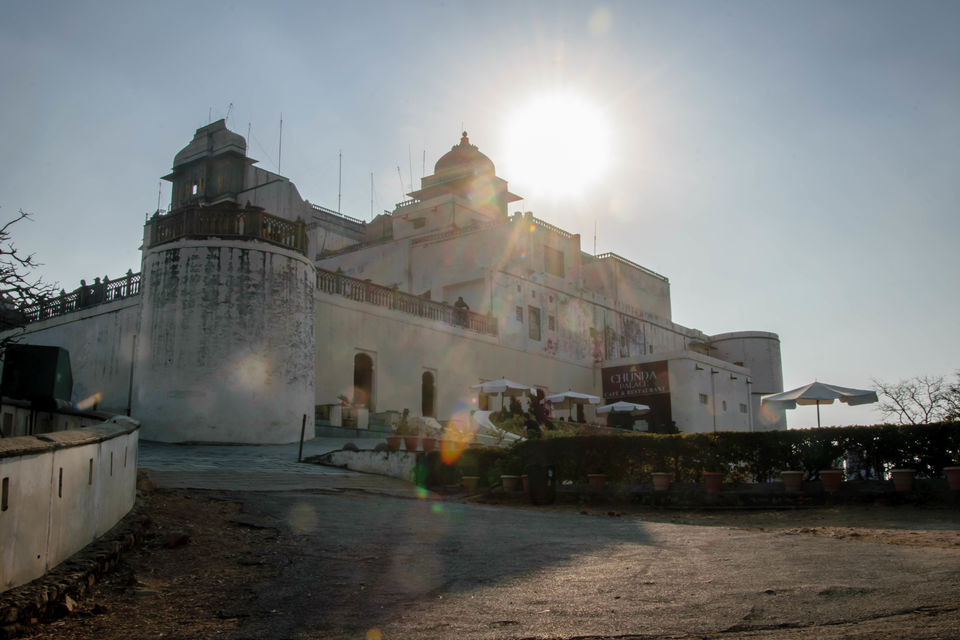
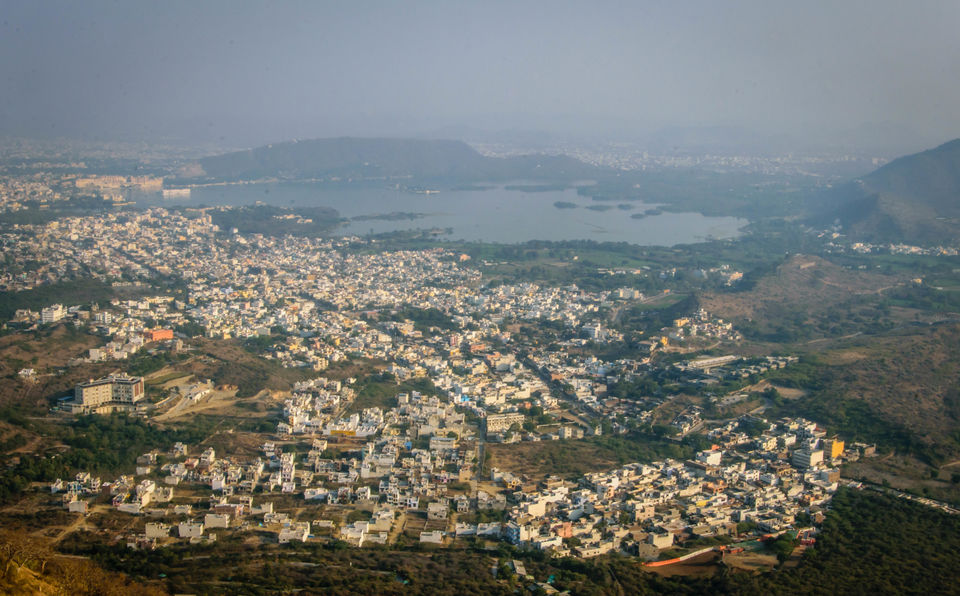
I had already planned on spending my time during sunset at the Ambrai Ghat on the banks of the Lake Pichola which is where I rode next.
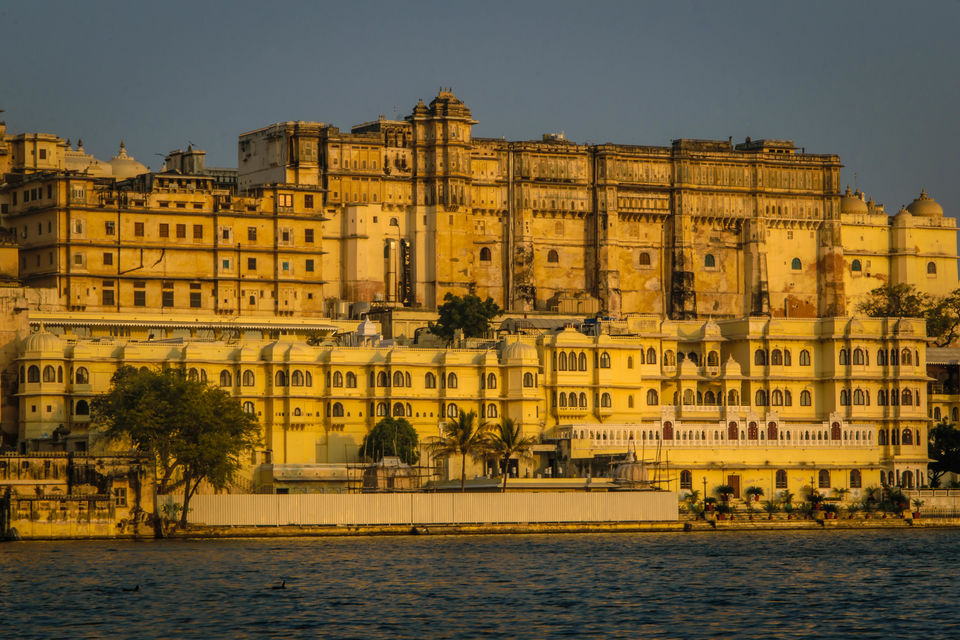
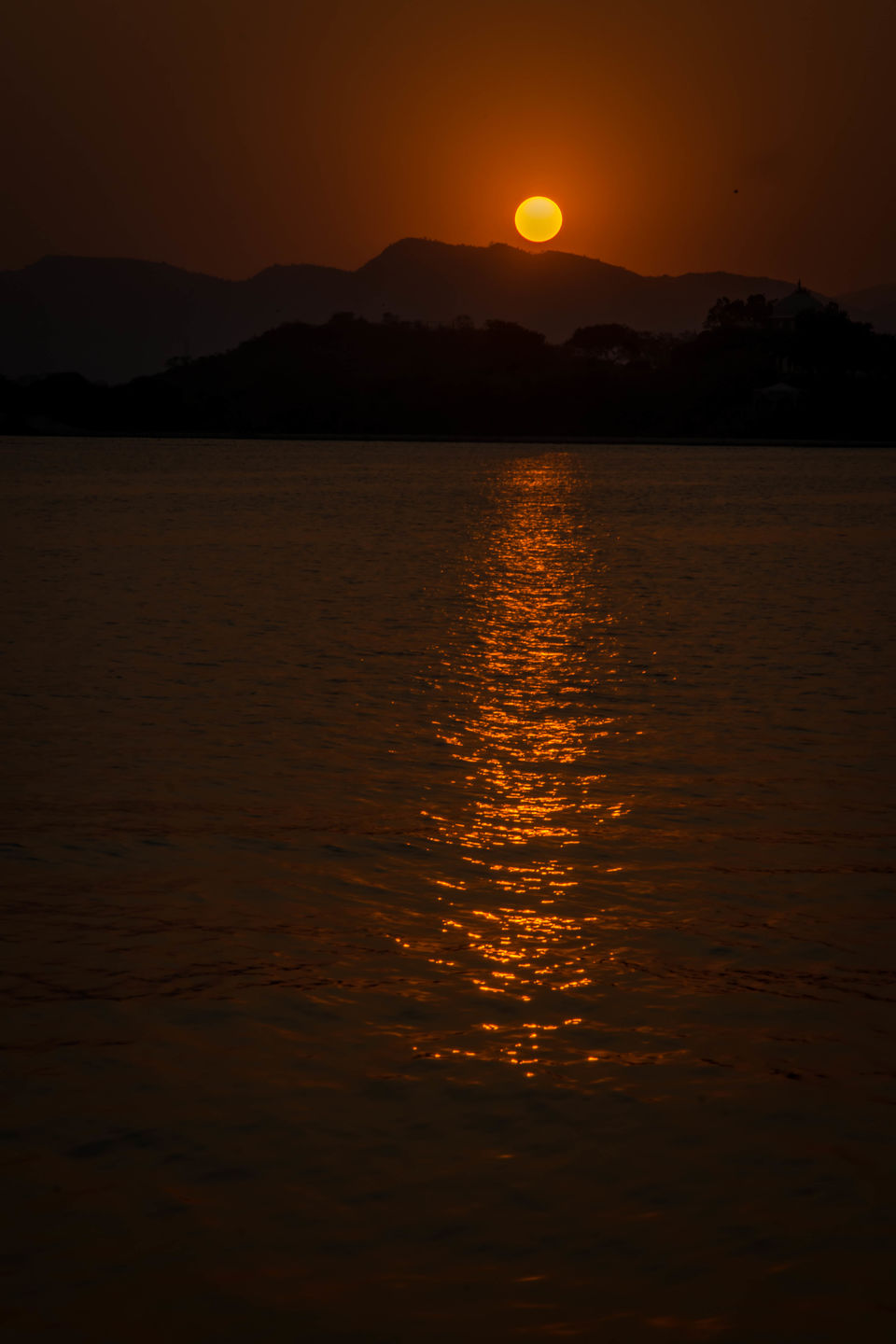
After spending a couple of peaceful hours at the Ambrai Ghat, I headed for an early dinner, again revolving around the traditional Rajasthani cuisine. I called it a day post dinner, as I had to wake up early with my next destination waiting, the Blue city Jodhpur.
Read my earlier blog on Kutch here.

